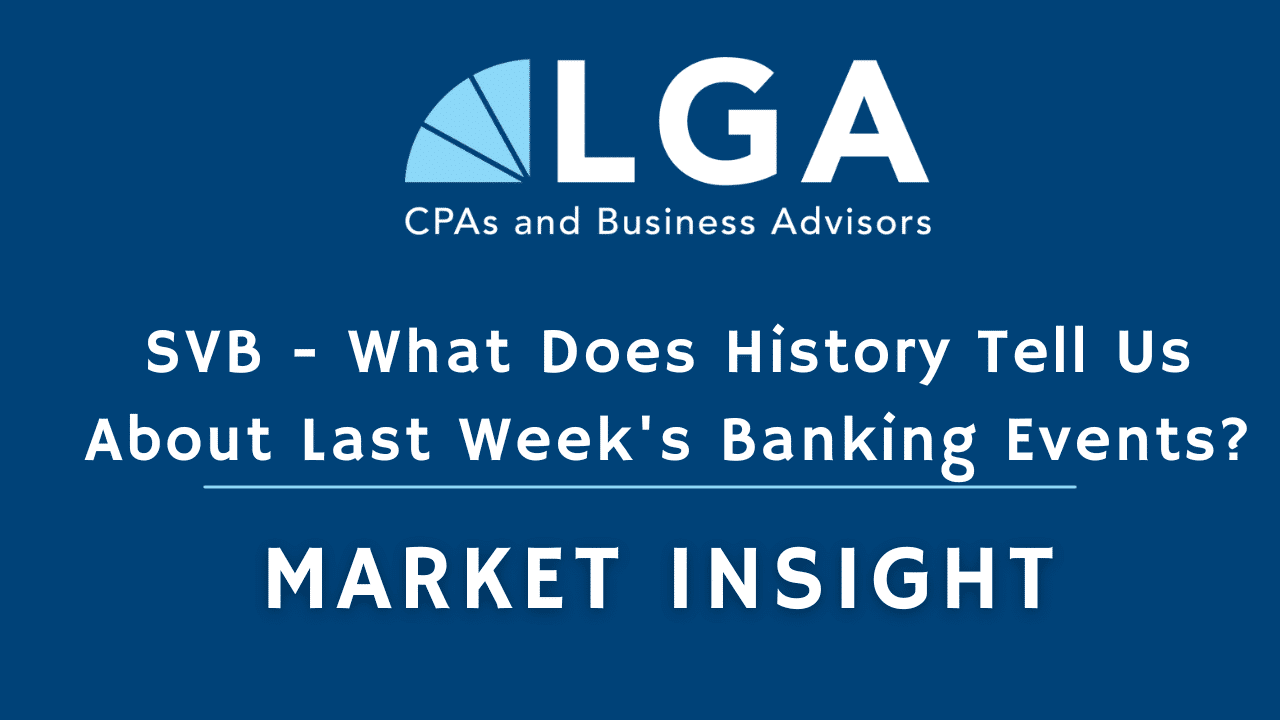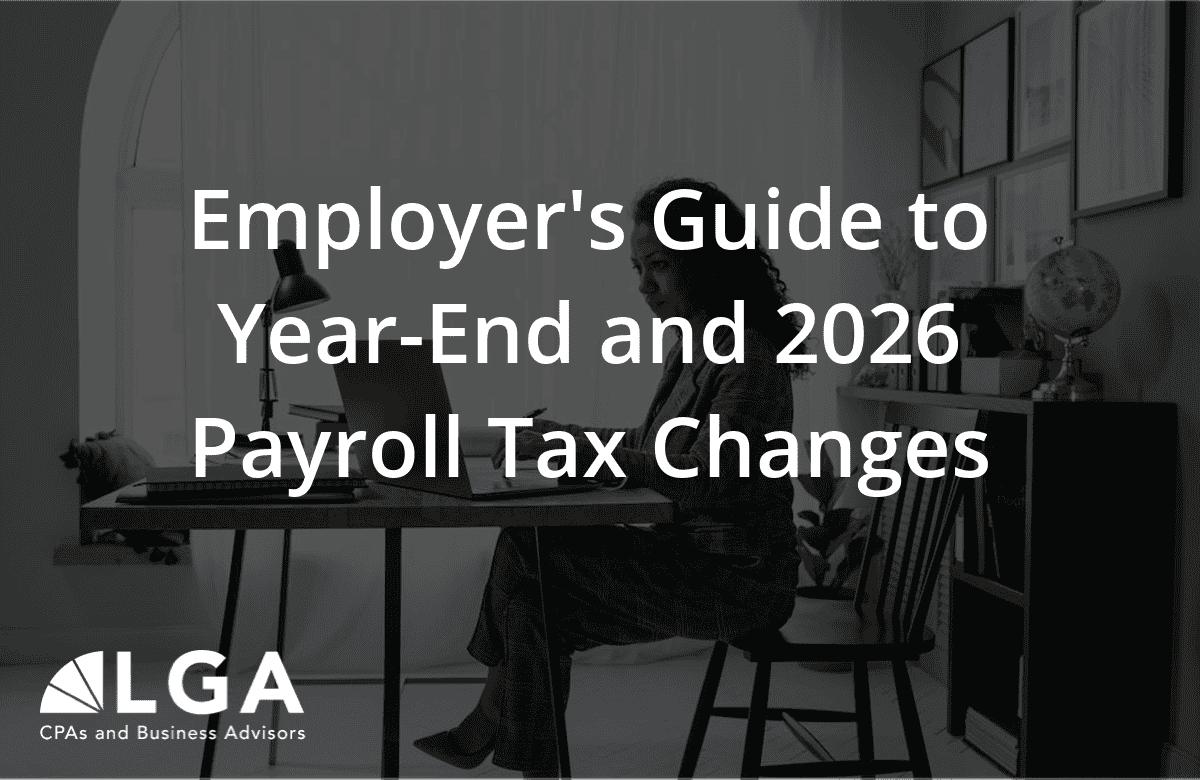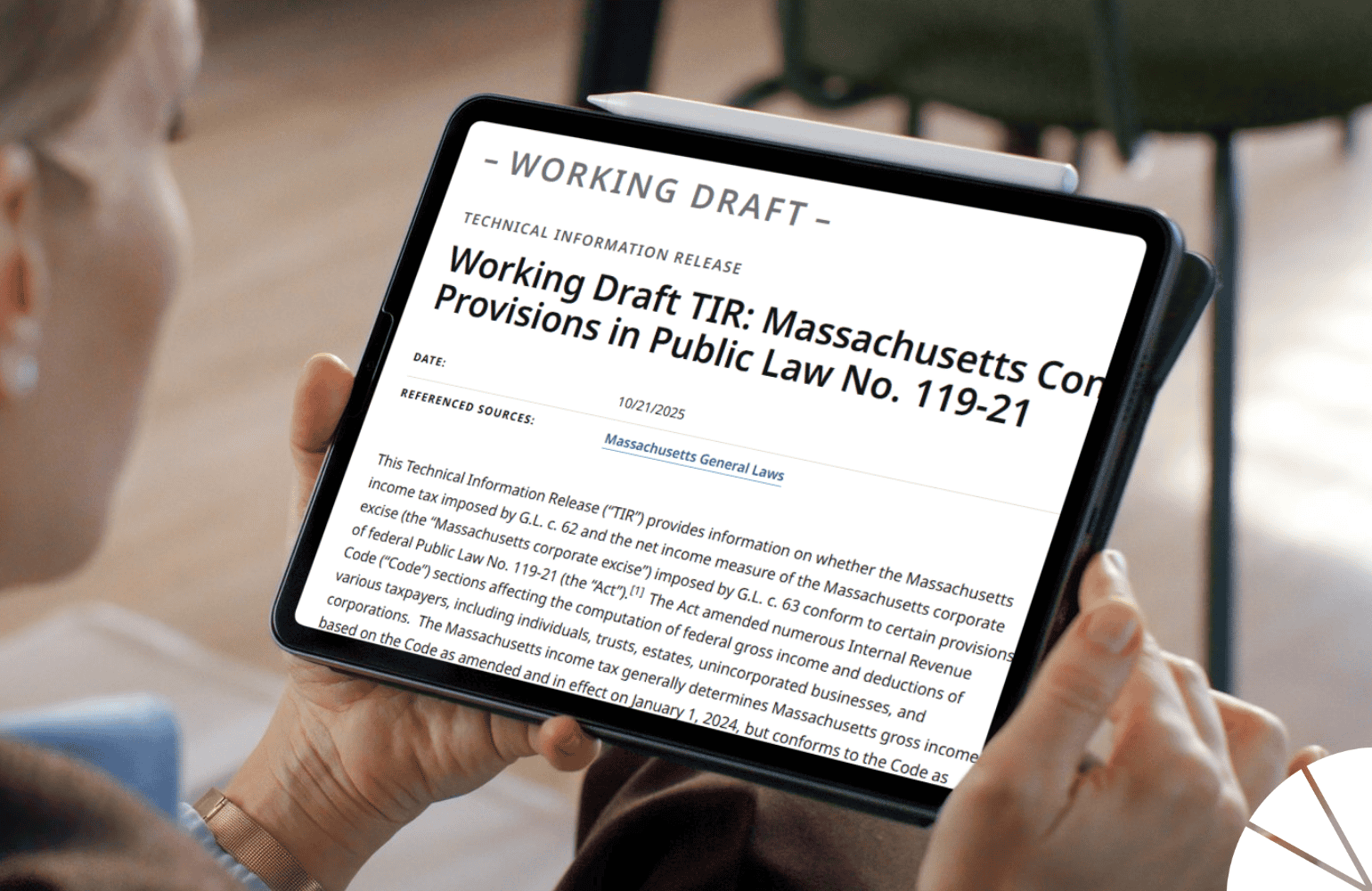
Over the last few days, we have been inundated with stories about the unexpected fall of Silicon Valley Bank (SVB) and Signature Bank, raising concerns about a domino effect on depositors and the banking system. This edition of Business Advisory Services Market Insight will provide some historical perspective on last week’s events and offer suggestions on navigating through uncertain banking times.
LGA’s Business Advisory Services team members are in their fourth decade of advising financial institutions, depositors, and borrowers through economic cycles. In this time, we have learned that, while each event appears significant at the time, comfort can be taken from past lessons learned.
The past week’s events seemed abrupt but were largely consistent with prior regulatory actions against banks. Typically, bank regulators prepare for a bank’s failure in advance, and they take action late in the week, often on Friday, with a plan in place by the following Monday. While it has been common for Monday announcements to reveal which bank won the auction for the failed bank’s deposits, this week differed slightly in that the FDIC established a receiver entity to manage the bank’s closure.
Sunday, the Federal Reserve Board announced a $25 billion Bank Term Funding Program to stabilize and avoid a run on banks. This backstop is in addition to the $100 billion already in its fund to protect depositors. As much as we like to second guess the government and its regulators, consumer confidence in banking was largely restored. Had their actions been less swift and decisive, the adverse impact on the banking sector would have been broader and more profound.
Did the FDIC see this coming?
According to the FDIC’s report on February 28, 2023, the banking industry had “continued positive results amid persistent economic uncertainty. Net interest income grew, loan growth continued, and asset quality measures remained favorable despite modest deterioration.” Although the FDIC’s observations were sincere, it’s worth noting that the data cited was over 60 days old and that there’s typically a lag between data collection and analysis used for commentary.
So let’s put recent events into a historical commentary.
From time to time, bank investment holdings can expose unsuspected risks from previously presumed safe investments. Back in 2008, over 600 depository institutions were rocked when Government Sponsored Enterprises (or GSE’s), such as Fannie Mae and Freddie Mac, were put in receivership. Banks’ GSE exposure totaled around $8 billion, and many wrongly assumed that GSE securities were government guaranteed. Thus, the recent collapse of Silicon Valley Bank’s investment portfolio is not a unique event.
From 2008-2012, the FDIC closed 465 failed banks, compared to just ten banks in the preceding five years. As you may recall, many of these bank failures were due to aggressive lending standards, excess lending exposure to speculative real estate, and the collapse of the commercial mortgage-backed securities (“CMBS”) markets. The silver lining is that, since these events, banking regulators have instituted more stringent testing to minimize the impact of systematic events that could impact the overall banking system.
Time will tell if these two bank failures were isolated in nature. Anecdotally, however, we continue to hear about bank lending tightening, increasing borrower anxiety, signs of slowdown and deterioration in several sectors, the uncertain outcome from our inflationary environment, and heightened concern of recession – all suggesting that more turbulent times may be ahead.
Regardless of whether one is impaired by systematic or unsystematic risk, you must be prepared.
So how does one best defend itself in the current environment?
- Be mindful of amounts deposited in excess of $250,000 in FDIC-insured institutions.
- Consider spreading personal and corporate deposits amongst several institutions.
- Speak to your investment advisor about possibly investing in short-term investments that are relatively safe but not FDIC insured.
- Even if you are entirely satisfied with your bank for both your depository and lending needs, always have a few backup names in mind should your current bank hit turbulent times.
- Do your research on your chosen financial institutions and understand their relative health.
- Be familiar with the terms of all of your borrowing documents. Understand events of default, financial covenants, and performance covenants.
The good news is that you do not have to prepare to face these threats alone. We have advised hundreds of entities and take immense pride in empowering companies to proactively embrace and even thrive during uncertain times. If you want to learn more about how you can prepare to fight for your company’s health, safety, and prosperity, reach out to the LGA Business Advisory Team.
Thank you,
LGA BAS Team





